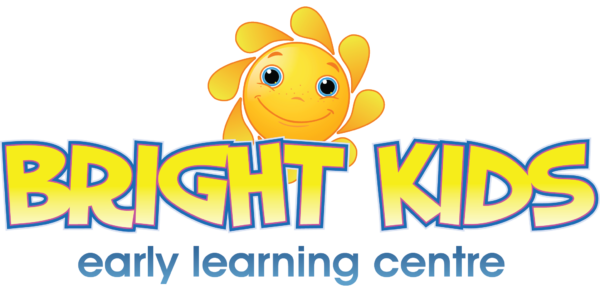Sensory Play With Babies
Sensory play for early childhood development is key to Brain development and building nerve connections to the brain.
What is sensory play and the benefits? What does it look like in the classroom for babies/toddlers? How can I incorporate sensory play at home? All great questions that we cover in this blog.
What is sensory play?
Sensory play is playtime that stimulates the seven senses of a child.
- Sight (Vision)
- Hearing (Auditory)
- Smell (Olfactory)
- Taste (Gustatory)
- Touch (Tactile)
- Vestibular (Movement): the movement and balance sense, which gives us information about where our head and body are in space; and
- proprioception (is the sense of self-movement and body position. It is sometimes described as the “sixth sense”)
The definition of sensory play can be applied to a wide variety of age appropriate activities for babies and toddlers.
The benefits of sensory play
Sensory play improves the following;
- Hand-eye coordination;
- Development of gross and fine motor skills;
- Encourages problem solving;
- Promotes creativity;
- Language development; and
- Bonding opportunities with educators/carers
An insight into the Little Fish room
- Sand play – We took the children outside to the sandspit to fill our shallow, plastic container for intentional play. Back in the classroom we offered small animals for the children to role play with in the sandbox and feel the texture of the sand. All 7 senses were stimulated in this activity.
- Jelly play – This takes some preparation time. Once the jelly was dissolved we placed a variety of animals in the jelly to set over night. This encouraged children to use their hands and pincer grip to retrieve the animals. The senses that were first stimulated in this activity were definitely sight and smell. Smelling the jelly they exclaimed “yummy” !They started off by mixing the jelly with spoons but before too long they were feeling and tasting the jelly using their hands and stimulating all 5 basic senses.
- Water play- Using a small tub we filled it with water and added fish that we set in ice cubes, to the container. The children loved this activity and took no time to dive into sense of taste by licking the ice cubes, tasting the water and identifying with being cold.
As a result all three experiences evoked language development, hand-eye coordination, creativity, problem solving and fine motor skills.
Sensory activities to do at home
- Finger painting
Finger painting is a really great way for children to work with their hands, literally. Put out a selection of coloured paints and get those sleeves rolled up. Encourage your child to think about mixing the paints to make a new colour if they want to.
Ideal for hand-eye coordination, there are all sorts of other benefits to finger painting which you can learn about. Click on the link for more ideas. https://www.rocksforkids.com/finger-painting-for-kids/ The pictures that your children create through this kind of sensory play activity will be ones you’ll treasure for years to come.
- Mud kitchen
Mud. Children love it. Adults less so – but try and stop yourself from making your children avoid mud. In fact, as a sensory play activity, there’s nothing that quite rivals a mud kitchen. Wherever you’ve got a patch of unused outdoor space, you could make a little safe area for your child to play in the mud.
Just feeling the mud, understanding the difference between dry and wet, solid and soft – all of these will help your child to get in touch with nature alongside aiding their development.
- Create a sensory bin
There are so many things you have in your home that can be turned into a sensory play activity. Why not collect them all together and make a sensory bin? Start in the kitchen as this is where you can make the most of things like rice, dried beans and lentils.
Encourage children to explore the sensory bin – both with their eyes open to see the colours and shapes, and with their eyes closed to really focus on textures and how things feel. Let your child add to the sensory bin whenever they like with new additions.
That’s all this month from Miss Jess, Miss Natasha and the Jalumm babes
Feel free to leave us a comment on how your sensory experience went at home.
Also please follow our Facebook and Instagram Pages and stay up to date


